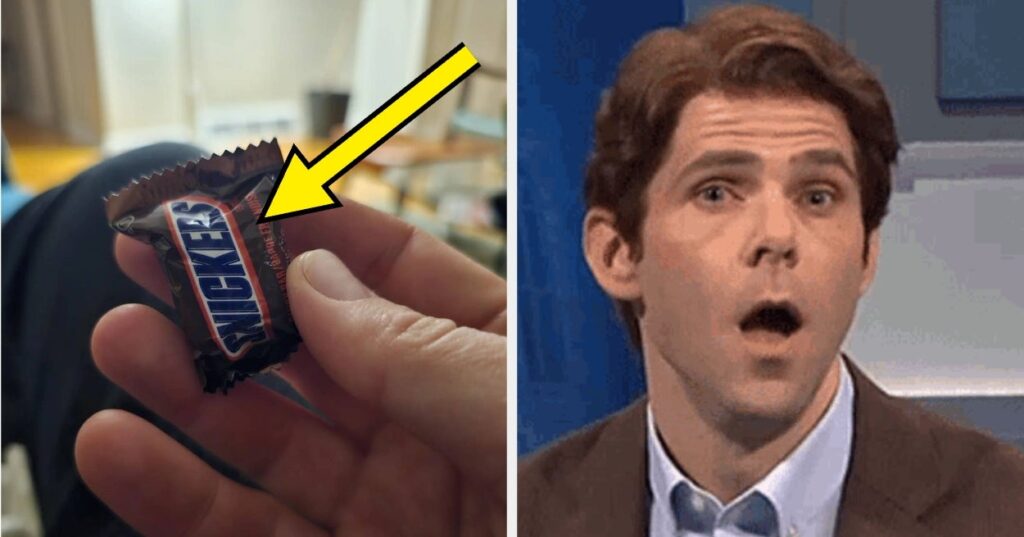The article discusses the growing issue of “shrinkflation,” where products decrease in size or quantity while prices remain unchanged. Here are 29 recent examples highlighting this phenomenon:
1. K-cup pod boxes reduced from 12 to 10 pods.
2. Cream cheese portions are noticeably smaller for take-out bagels.
3. Candy bars are now even smaller, humorously referred to as “Fun Size.”
4. Canola oil bottles shrank from 48 fl oz to 40 fl oz.
5. Cookies now come in a smaller size due to a “new recipe.”
6. A cheese package is 3 ounces lighter than before.
7. Toilet paper squares are decreased in size.
8. Oatmeal packaging changed from 10 to 8 packets.
9. Laundry detergent now supports 100 loads instead of 115.
10. Sandwich sizes have become comically small, comparable to ketchup packets.
11. Some orange juice containers looked like a gallon but weren’t.
12. Toothpaste tubes are smaller than expected.
13. Mini soda cans lost 0.5 fl oz but saw a price increase.
14. A product was reduced by 10 grams while maintaining its name.
15. Energy bar quantities fell from 6 to 5 per package.
16. Ground coffee shrank by 5 ounces with a $1 price hike.
17. Cereal box sizes are thinner than before.
18. A sauce’s weight dropped from 15 oz to 14 oz, despite misleading shelf labels.
19. Garbage bag counts fell from 45 to 40 per box.
20. Crackers have lost 2.5 ounces.
21. A coffee tub now contains 55 grams less.
22. Burritos have become much smaller.
23. Moisturizers have lost 3 ounces.
24. Dryer sheets require fewer uses per pack.
25. A 5-pack was reduced to a 4-pack.
26. A cereal box lost 2 ounces but appeared taller.
27. A “party size” snack bag weighs 2 ounces less.
28. A trail mix pack decreased by 0.5 ounces, translating to fewer calories.
29. Gum packages dropped from 25 to 21 pieces.
The article encourages readers to share their experiences with shrinkflation while shopping or dining out.
Source link


